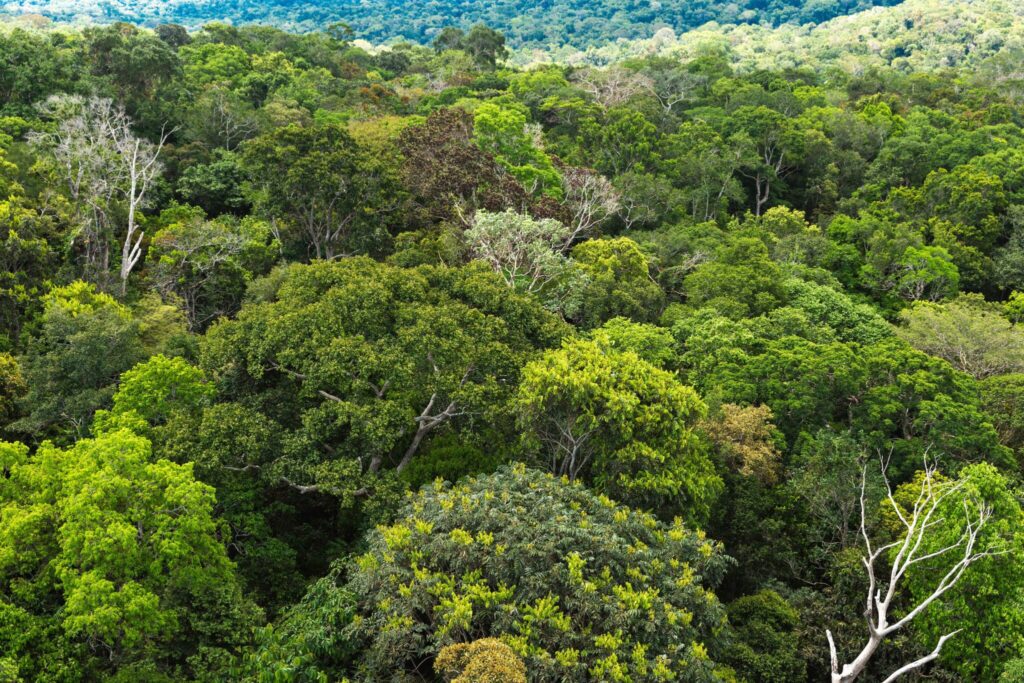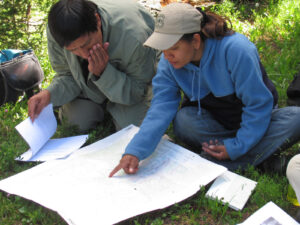
Adapted from a Wake Forest University press release.
Colorado State University will co-lead an initiative that supports the work of Peru’s national park service in collaboration with Wake Forest University and the Pontifical Catholic University of Peru. The $2.5 million effort funded by the Gordon and Betty Moore Foundation will help Peruvian park managers reduce the impacts of climate change, extraction and infrastructure in Peru’s Amazon.
CSU’s Center for Protected Area Management will work with Wake Forest’s Andrew Sabin Family Center for Environment and Sustainability and the Pontifical Catholic University of Peru to connect scientists with park managers and policymakers in new ways. The project will develop new coalitions between universities and Peru’s National Service of Natural Areas Protected by the State to strengthen science and management capacity within the agency and help it address challenges in Peru’s Amazon.

The Center for Protected Area Management will train 60 or more Peruvian park service staff members. Senior-level Peruvian natural resource managers, government scientists and academics will exchange information on park operations with their U.S. counterparts, visit western U.S. parks, and learn about U.S. networks that strengthen science resources through interagency and academic coordination.
The Pontifical Catholic University of Peru will train Peruvian park service staff in science synthesis and the production of policy briefs for management. The project is intended to provide a foundation for participants to design science networks for Peruvian national parks.
“The program, ‘Science and Capacity Development for Peruvian National Parks,’ will build bridges between protected areas and academia to facilitate research opportunities in support of science-based decision-making,” said Center for Protected Area Management Director Ryan Finchum. “Not only will the collective impact of this program help strengthen the management of the Peruvian protected area system, but it will also benefit the livelihoods and well-being of communities that depend on these areas.”
Peru is a biodiversity hotspot, with 1,847 bird species – the third most in the world – and more than 520 mammal species, 620 amphibian species and 20,000 plant species. Most of this biodiversity can be found in Peru’s Amazon region, a quarter of which is nationally protected.
Peru is also rich in timber, mineral resources, and oil and gas reserves, putting protected areas under threat from extractive activities like illegal logging and mining, and from infrastructure and energy projects, including roads, hydropower and petroleum/natural gas. A changing climate adds to environmental stresses.
“Together, our three institutions are a powerful force for positive change toward strengthening the management and protection of biodiversity in the Peruvian Amazon,” said project lead Carol Mitchell, Sabin Center senior fellow and biology research professor. “The grant will foster deeper connections and greater communication between scientists and national park managers.”
CSU’s Center for Protected Area Management, based in the Department of Human Dimensions of Natural Resources, is a leading institution at a global level for capacity development in protected areas management. Wake Forest has been a leader for decades in research for Amazonian and Andean biodiversity conservation in Peru. The Pontifical Catholic University of Peru is the leading university in Peru for governance and policymaking programs and provides a critical link between the academic community and the Peruvian national park service.
The Gordon and Betty Moore Foundation fosters path-breaking scientific discovery and environmental conservation, among other philanthropic priorities.